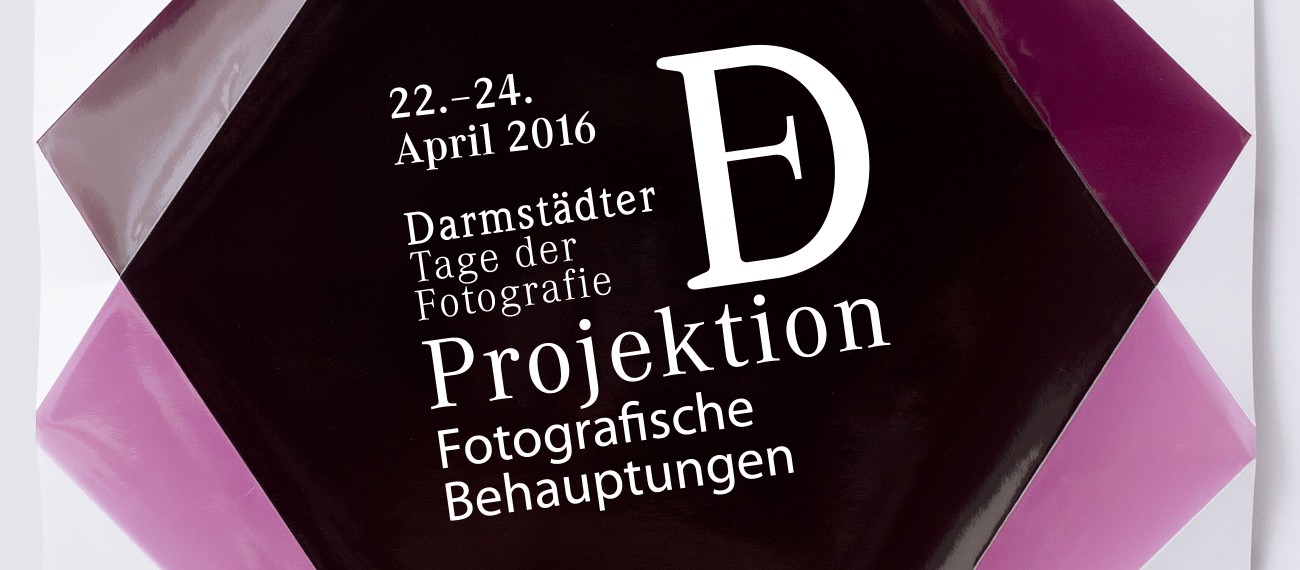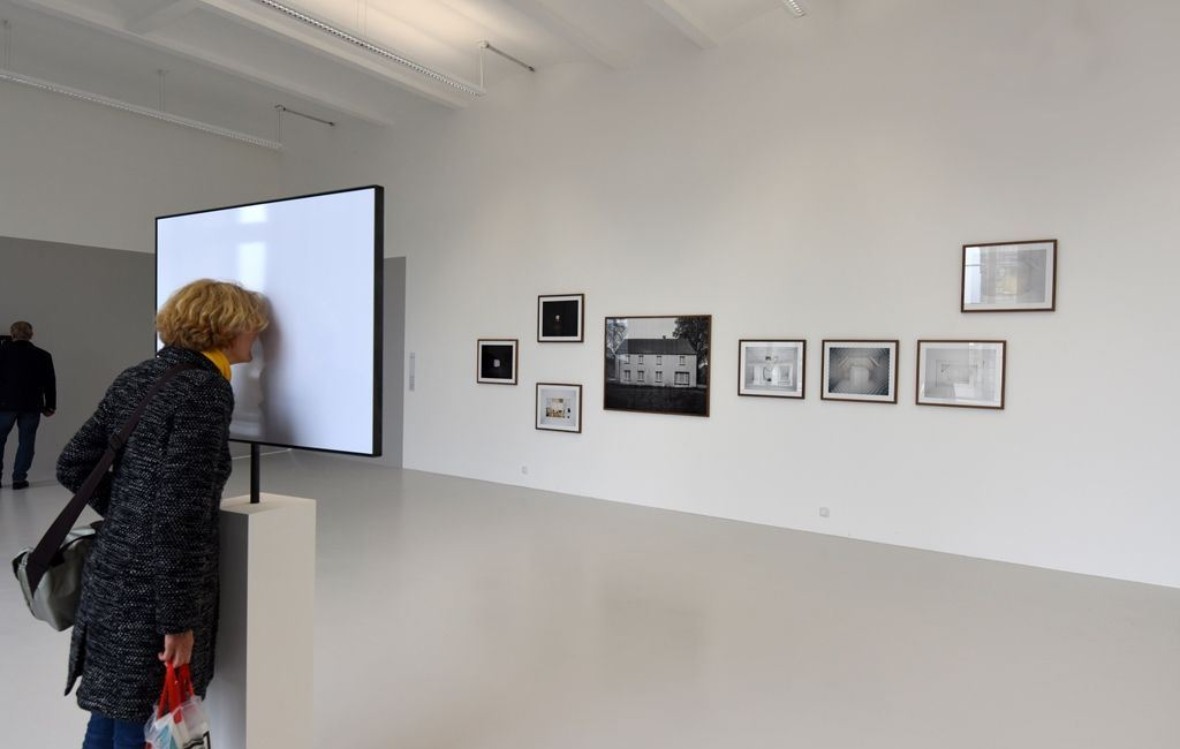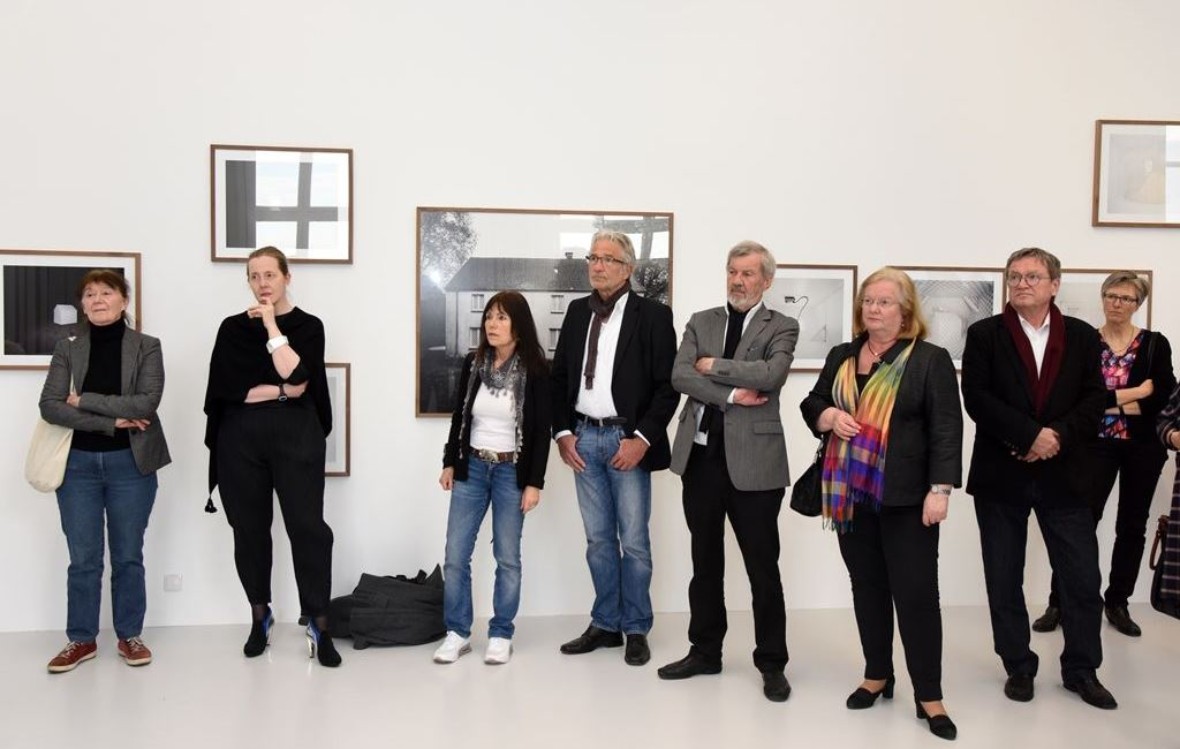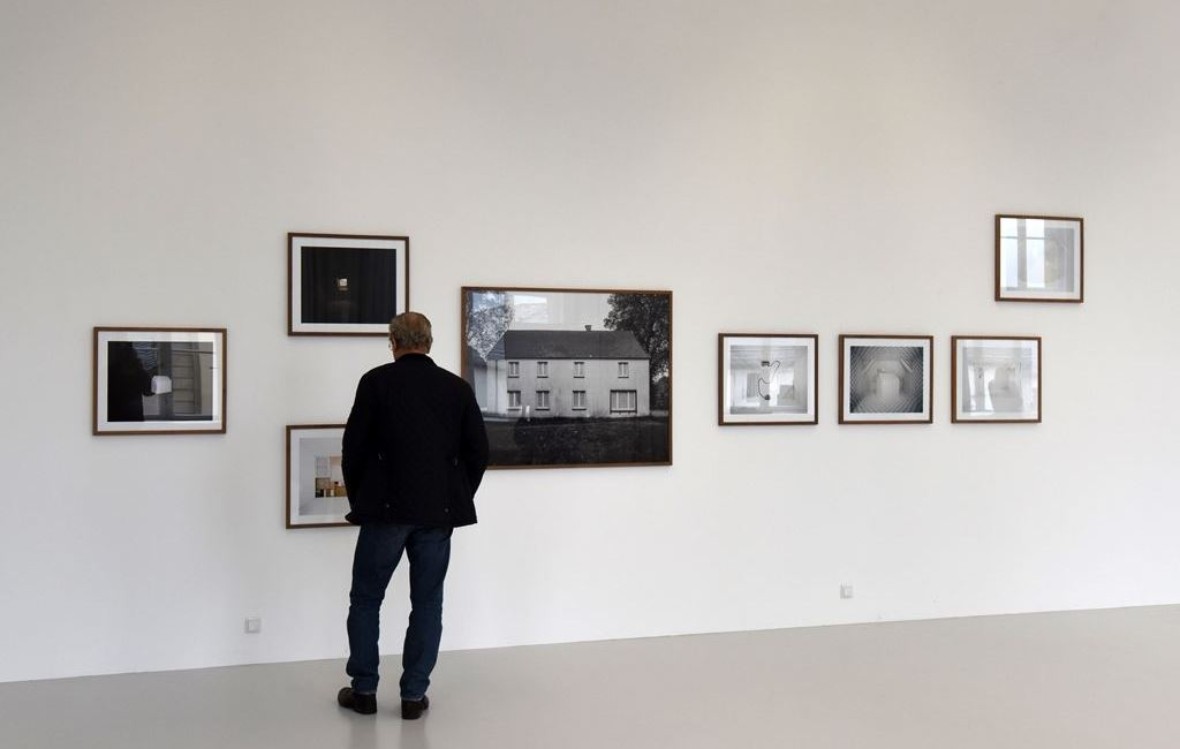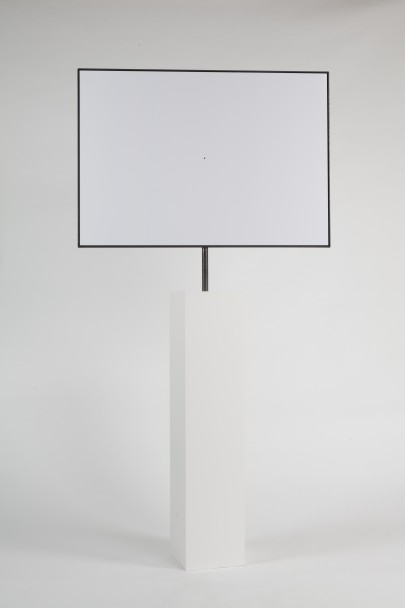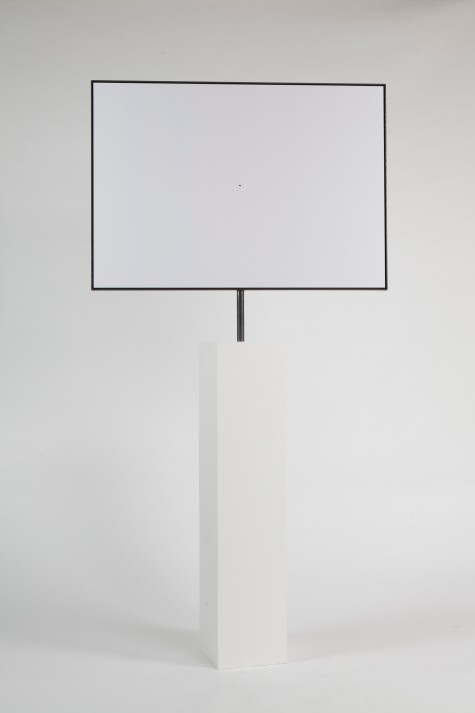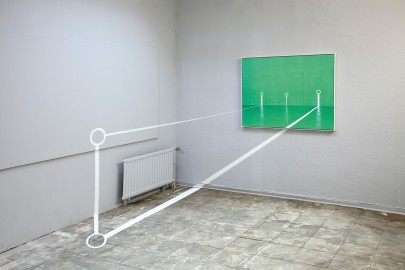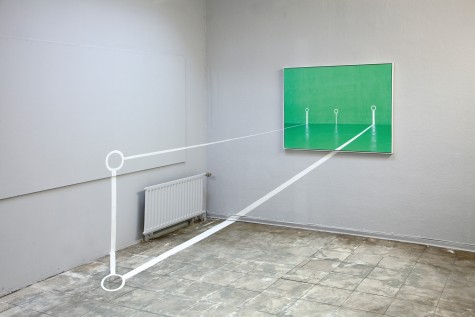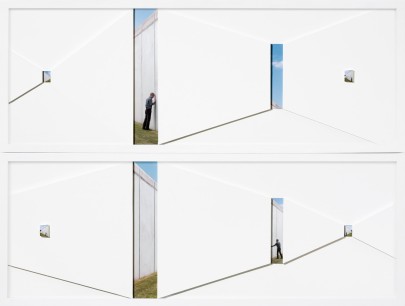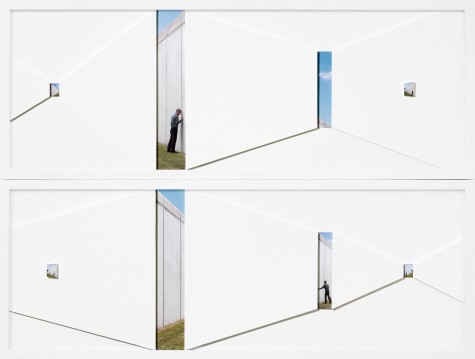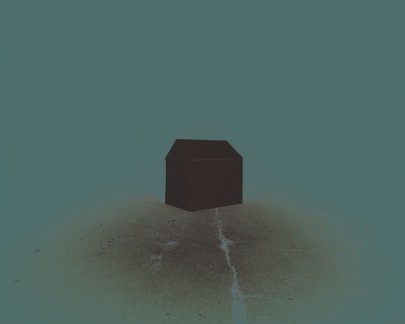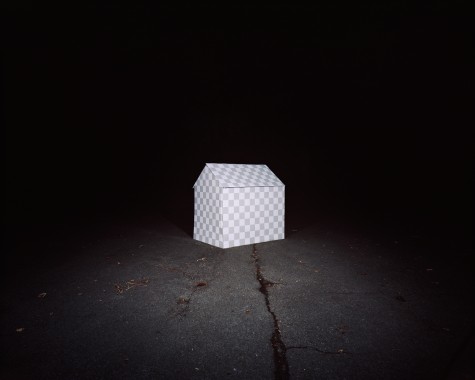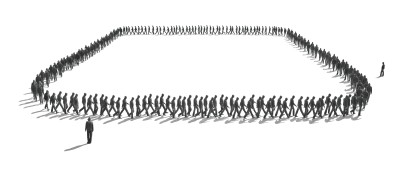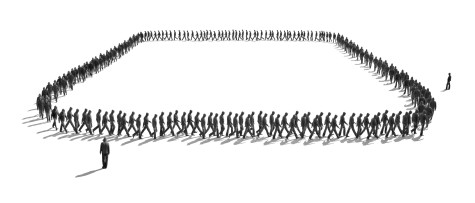-
![]() Picture: Claus Völker
Picture: Claus VölkerVisitor during the 9th Darmstädter Tage der Fotografie -
![]() Picture: Claus Völker
Picture: Claus VölkerThe photography exhibition also invites you to take your own photos -
![]() Picture: Claus Völker
Picture: Claus VölkerChancellor Manfred Efinger welcomes the present guests -
![]() Picture: Claus Völker
Picture: Claus VölkerVisitors to the opening of the 9th Darmstädter Tage der Fotografie -
![]() Picture: Claus Völker
Picture: Claus VölkerVisitor during the 9th Darmstädter Tage der Fotografie
- Go to picture 1
- Go to picture 2
- Go to picture 3
- Go to picture 4
- Go to picture 5
The TU Darmstadt is new cooperation partner of the Darmstädter Tage der Fotografie.
From now on we are part of the party! The TU Darmstadt participates for the first time in the Darmstädter Tage der Fotografie.
When the artists of the photo days show their works on April 23rd and 24th from 10am to 6pm, the exhibition hall of the Kunstforum der TU Darmstadt that is just emerging opens its doors for the first time. Christine Braun, Philip Frowein, Johannes Kersting, Thiemo Kloss, and Ken'ichi Matsubara are present. Location: Exhibition Hall of the Kunstforum der TU Darmstadt, Altes Hauptgebäude, Hochschulstraße 1, 2nd floor.
With their work, the photo artists explore the limits of the medium of photography and deal with the topic of space at the same time. This fits in perfectly with the exhibition hall of the new Kunstforum der TU Darmstadt, which is just emerging, and the researching spirit of a technical university.
Leere Behauptung (en.: Empty statement)
I'm interested in the transience of the moment in photography.
How can it appear and in what form?
How does the transient affect the projections and can one even derive an assertion from that?
Photography gives the impression of something real, and lasting through the represented, frozen and frozen moment. The sheer mass of photographs – about 3 billion photos are uploaded online every day – blends into a form of reality or assertion and thus offers a wealth of projection possibilities. These are just moments that can be attributed to the past when uploading to the net.
Leere Behauptung, installation view 2016
Between the Lines
The installation photographs by Johannes Kersting make special reference to the surrounding space of their presentation. They can be considered as extended or “extended photography”. In Kersting's mostly abstract-constructivist motifs, the boundaries between painting and photography are deliberately kept flowing.
They postulate, trained in the achievements of painting, in an unfamiliar blend of constructivist-geometric basic structures and the lavish use of color, the reconciliation of classical and contemporary imaging systems. The result is a calculated game with the established expectations of the photographic and the painterly medium. Can we still trust pictures? Is it fiction or fact? Here a tightrope walk between documentation and construction is opened. For although these photographic recordings are not dedicated to describing or authentic reproduction of reality, they are not about retouched collages, but genuine, unedited, photographic images whose compositional specifications are playfully expanded into space. The enlarged photographs are intensified and updated by means of installations and painters, so that the architectural elements in the pictures enter into a surprising dialogue with the exhibition space. This creates an aesthetic improvisation about the continuity of the image in the real.
Sportsground Extended, installative photography, 2015
Wall
These works present a kind of prototype of space constructed with minimal structural elements. The seemingly deep spaces in these images are shots of collages consisting of some photo cutouts of a wall and white painted panels. In these collages, the shapes of the panels are cut to match the perspectives of the walls in the photos, but the surface of the panels are slightly higher than the photos because of the stronger material. These half-dimensional collages are illuminated from one side so that the edges of the plates throw reflections and shadows on their background surface; these are in turn photographed directly.
The resulting photos are framed with wooden frames that are also painted white like the plates in the original collages. When the works are hung on a white wall of a showroom, the frames cast the same kind of reflections and shadows on the wall as well as on the surface of the photos. As a result, the visual spaces in these works expand not only in the direction of their optical depth within the images, but also in the physical space in which they are exhibited.
The works represent two contradictory perspectives on a visual space – the deep space through the visual effect and the flat material space with barely physical depth. The simple structures of the original collages turn into illusionary three-dimensional spaces, but these spaces can exist only in photographic images. The figures in the pictures help the observer to relate the extent and distance of the visual space to the real space, but they also emphasize the model-like aspect of this visual space, which is more of an illusion than a real one. Through the deceptive perspectives and the use of a simple lighting effect, these works play with our perception of a visual space and how we associate it with reality.
Wall 2
Blind Alleys
“Surrealism is already in the nature of the photographic endeavor, creating a duplicate of the world, a second-degree reality that is narrower but more dramatic than those we see with our own eyes.” Susan Sontag – Objects of Melancholy
In the work “Blind Alleys” Philip Frowein deals with the limits of the real. Inspired by authors such as Haruki Murakami and the art of the surrealists, he tries to trace the supernatural. The question that engulfs him in this is what photography can accomplish in its endeavor to depict a reality that remains incomplete in its externality. His pictures are supposed to act as metaphors for his questioning of reality and the deceptive relationship that photography has with her.
„Untitled“ from the series„Blind Alleys“, 2014
White Rooms
The concept behind my White Rooms photography series is to depict mass scenarios that show common behaviors, human history, and the technological advances of our society.
For the pictures, I continuously photograph one and the same person from an elevated position, moving in a free space in front of me in a fixed pattern. In the digital post-processing I release the person in each picture and paste them into a white background. This process is repeated countless times, until the planned pattern results from the mass of the persons. The working time of an image varies between a few hours and several months.
The overarching topics are anonymity, adaptation and interchangeability. Other central points of the series are identity, the individual, and relationships. The partially strict order questions freedom, self-determination, and adaptation to a computer-controlled world. The supervisory, observational character of the supervisory perspective also contributes to this.
Since a whole series of photos was made for each picture, which were then combined in one picture, the pictures also question the idea of the “decisive moment” in photography as well as the synchronicity of our society.
White Rooms #4, 2008 / 2014

